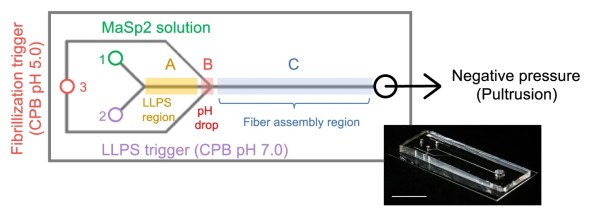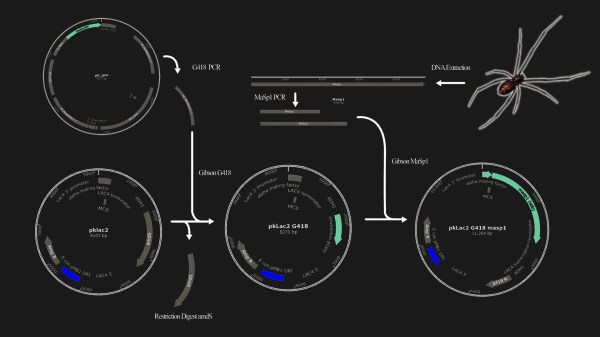
Continuing the scientific theme of adding fluorescent proteins to everything that moves, this time spiders found themselves at the pointy end of the CRISPR-Cas9 injection needle. In a study by researchers at the University of Bayreuth, common house spiders (Parasteatoda tepidariorum) had a gene inserted for a red fluorescent protein in addition to having an existing gene for eye development disabled. This was the first time that spiders have been subjected to this kind of gene-editing study, mostly due to how fiddly they are to handle as well as their genome duplication characteristics.
In the research paper in Angewandte Chemie the methods and results are detailed, with the knock-out approach of the sine oculis (C1) gene being tried first as a proof of concept. The CRISPR solution was injected into the ovaries of female spiders, whose offspring then carried the mutation. With clear deficiencies in eye development observable in this offspring, the researchers moved on to adding the red fluorescent protein gene with another CRISPR solution, which targets the major ampullate gland where the silk is produced.
Ultimately, this research serves to demonstrate that it is possible to not only study spiders in more depth these days using tools like CRISPR-Cas9, but also that it is possible to customize and study spider silk production.













